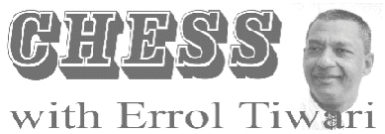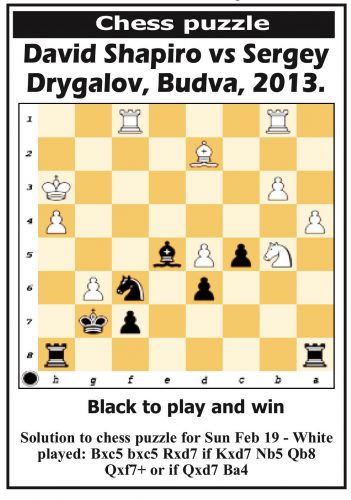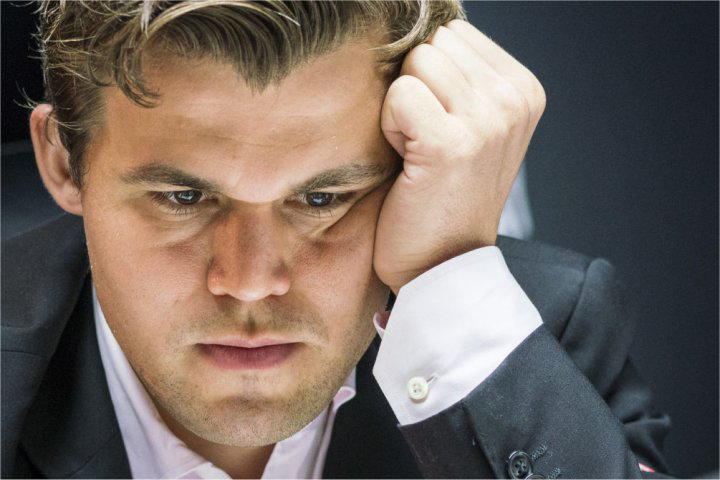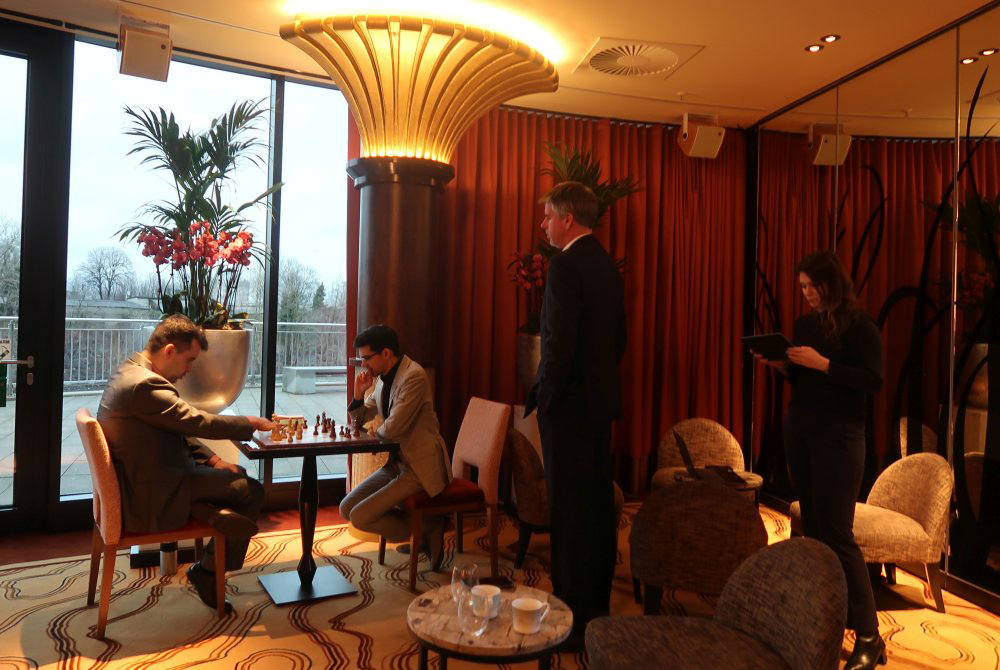 It seems as if the chess world is acknowledging the importance of traditional chess with the hosting of two esteemed classical events. Classical chess is what is ordinarily known as slow chess; not rapid, blitz or bullet chess. The first tournament of 2023 was held mid to late January, namely the Tata Steel Tournament at Wijk aan Zee, Netherlands, which was attended by Norway’s world champion Magnus Carlsen. The other is the WR Chess Masters which ends today in Dusseldorf, Germany. Russia’s Ian Nepomniachtchi who will be playing for the classical world championship title in April, was one of the three top seeds. Similar to the Tata Tournament, the Dusseldorf event is a 10-player single round robin one.
It seems as if the chess world is acknowledging the importance of traditional chess with the hosting of two esteemed classical events. Classical chess is what is ordinarily known as slow chess; not rapid, blitz or bullet chess. The first tournament of 2023 was held mid to late January, namely the Tata Steel Tournament at Wijk aan Zee, Netherlands, which was attended by Norway’s world champion Magnus Carlsen. The other is the WR Chess Masters which ends today in Dusseldorf, Germany. Russia’s Ian Nepomniachtchi who will be playing for the classical world championship title in April, was one of the three top seeds. Similar to the Tata Tournament, the Dusseldorf event is a 10-player single round robin one.
 The recent Covid pandemic unwittingly encouraged the shorter version of chess worldwide. Persons were locked indoors for lengthy periods and demonstrated preferences for shorter versions of the ancient game. International chess journalist Sagar Shah commented on this growing trend with an article titled, “Where is chess going?” Shah asked three questions: Is chess levitating toward shorter time formats? Are sponsors driving this trend? Will classical chess be abandoned?
The recent Covid pandemic unwittingly encouraged the shorter version of chess worldwide. Persons were locked indoors for lengthy periods and demonstrated preferences for shorter versions of the ancient game. International chess journalist Sagar Shah commented on this growing trend with an article titled, “Where is chess going?” Shah asked three questions: Is chess levitating toward shorter time formats? Are sponsors driving this trend? Will classical chess be abandoned?

(Photo: Lennart Ootes, archive)
While the younger generation have a preference for shorter versions of chess, I share the view that classical or established chess will not be abandoned. Guyana’s hopes for obtaining a grandmaster lies in excellent performances at the Olympiads which is contested biennially. And the Olympiads are essentially classical tournaments. The responses for funding for Guyana to attend the 2022 Olympiad in India were simply remarkable. As such, we have to set our sights on performing brilliantly by having more classical tournaments.
Today’s featured game is a combinative gem.










